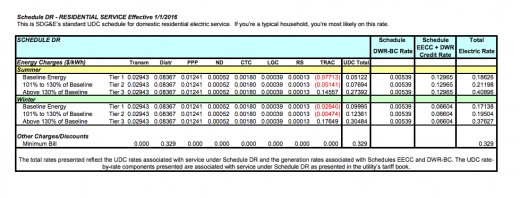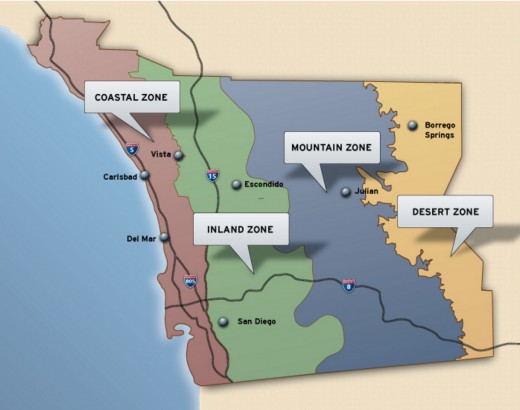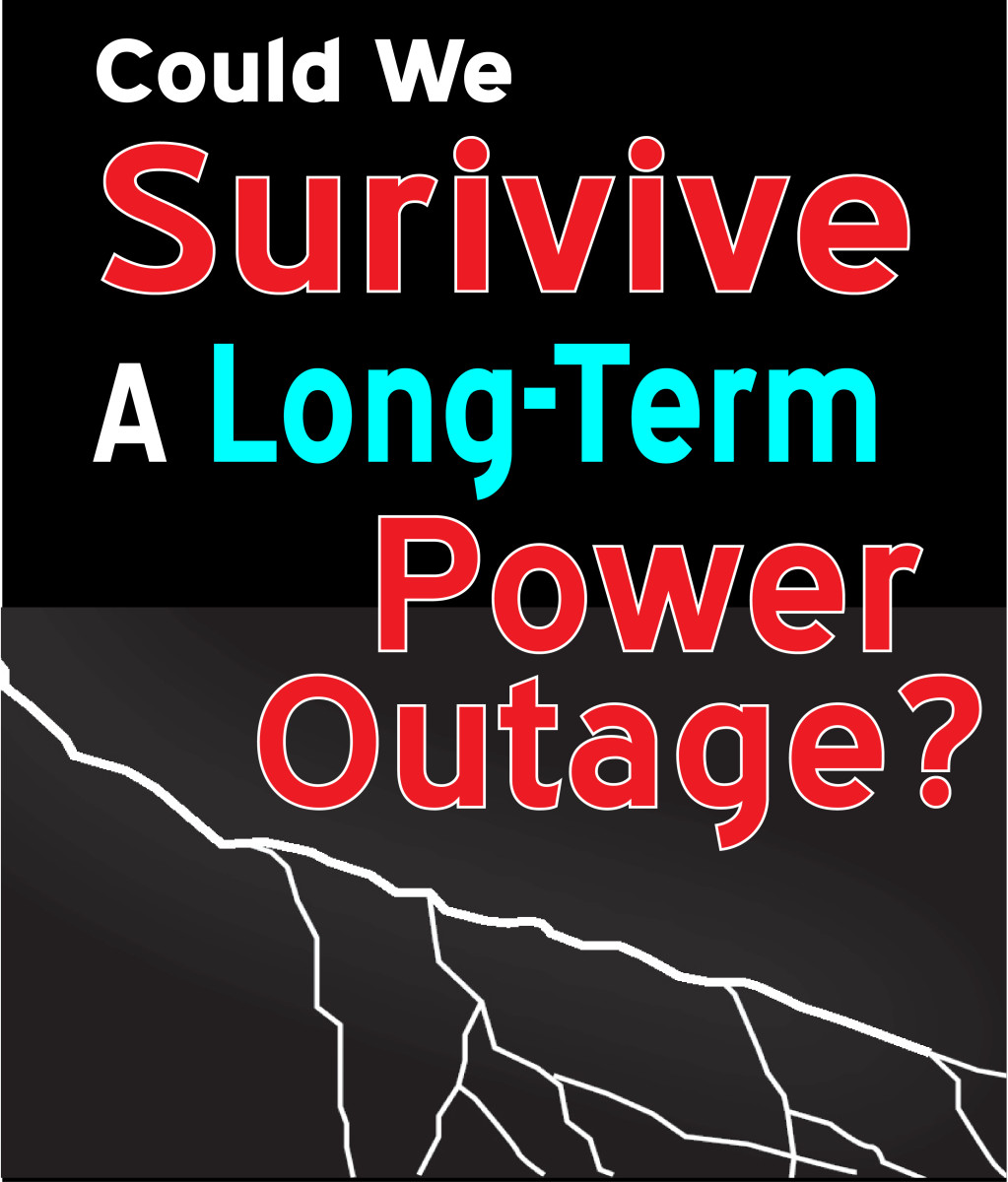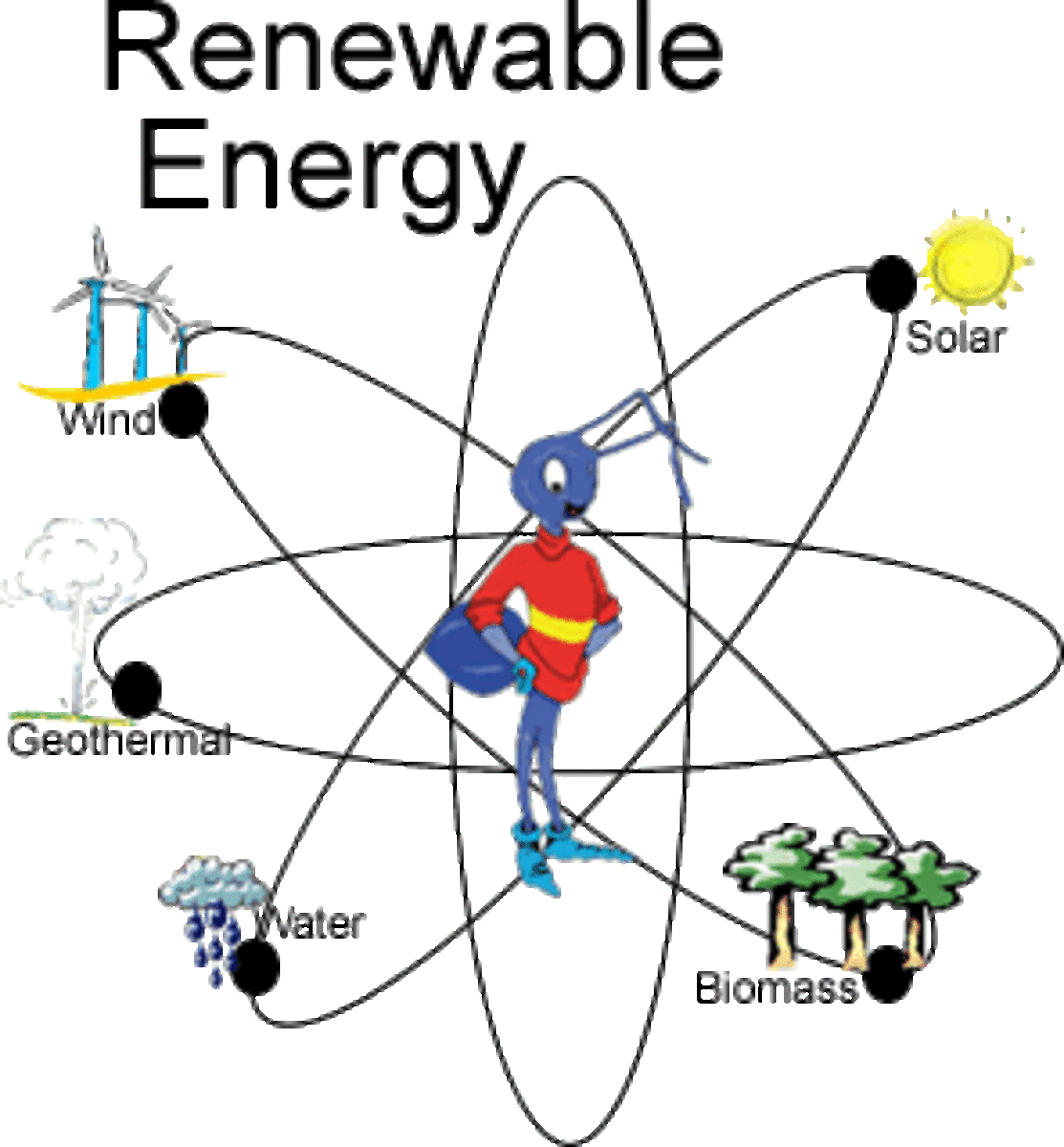4 Little Known Facts That Could Affect Your Energy Bill

1. SDG&E Rates Are On A Tiered Structure That Can Work Against You
SDG&E rates are based on a tier structure that charges you more per kilowatt hour (kWh) the more electricity you use. Up until recently, the rate structure has been a four-tiered system, with the lowest energy users paying tier one rates and the highest energy users paying tier four rates. But SDG&E is in the process of converting this four-tiered system down to two tiers.
This new rate structure is a flattening of the tiers, meaning lower tier rates are going up while top tier rates are going down. The price difference between low energy users and high energy users is shrinking, meaning you’re no longer rewarded like you were for conserving.
Overall, these changes mean low-usage customers will gradually be paying more on their energy bills over the next couple of years. Though it didn’t necessarily make sense f or lower energy users to switch to solar panels in the past, this new SDG&E rate increase may change that.
So how do the tiers work exactly and how do they affect your energy bill and SDG&E rates? The price per kWh goes up as you consume more electricity each day and, therefore, go up in the tiers, so that the highest energy users are paying the highest electricity prices per kWh for their electricity. Every household begins in tier one at the beginning of the month. Once you pass the baseline allotted amount of electricity (referred to as baseline energy) you move into tier two. If you exceed your baseline allotment that means the energy you used in the beginning of the month was cheaper per kWh than the energy you used at the end of the month, since your SDG&E rates go up as you reach each new tier. The average energy user exceeds baseline every month and moves out of tier one into the higher electric rates.
In addition to flattening the tiers, the SDG&E rates structure will include a “super user” electric surcharge that’s being introduced in 2017. But that’s not all. In 2019, SDG&E plans to switch all of its residential customers to time-of-use rates. This means you’ll be paying more for electricity when everyone needs it the most. The goal of time-of-use rates is to encourage conservation and ease strain on the grid when demand is highest. While this is good for the grid, it’s not so good for your energy bill.
2. SDG&E Rates Are In Part Based On Zones. Which Zone Are You In?
Something which affects your energy bill that you may or may not be aware of is that SDG&E bases your baseline allotment on which climate zone you live in. Not only does season dictate the price per kWh that you’re charged for electricity (you’re charged more in the summer per kilowatt hour than you are the rest of the year), but your zip code also has an impact on how quickly your SDG&E rates go up each month.
SDG&E’s rates structure is broken down into four different climate zones: coastal, inland, mountain, and desert. Now you’re probably wondering, which zone has the highest SDG&E baseline? As of summer 2016, the desert zone has a baseline of 585 kWh, while the coastal zone’s baseline is half of that at 294 kWh. So, the closer you live to the coast, the more quickly your SDG&E rate increases over the course of a month since you likely reach tier two rates faster due to your baseline allowance being much smaller. The farther away you live from the coast, the higher your baseline allotment.
3. SDG&E Is Charging Customers For The Dismantling Of The San Onofre Nuclear Power Plant
On January 31, 2012, the San Onofre Nuclear Power Plant leaked a small amount of radiation that led to its permanent shutdown. 70 percent of closure costs are being covered by the ratepaying public. Together Southern California Edison – the operator and majority owner of the plant – and minority owner SDG&E are responsible for $3.3 billion in identified closure costs.
Investigators and analysts say the leak was caused by excessive wear in hundreds of tubes that were located in steam generators which were designed and built by the Japanese firm Mitsubishi Heavy Industries. These tubes were installed in 2010 in the replacement steam generators made by Mitsubishi.
The original steam generators operated for three decades, while the replacement steam generators designed by Mitsubishi didn’t quite make it to two before one of them began to leak a small amount of radiation.
The replacement steam generators contained more tubing in order to increase the heat transfer surface area in order to produce more power. However, it was Southern California Edison’s goal to improve the design of the steam generators while avoiding intensive federal review and approval by the Nuclear Regulatory Commission in order to save money and speed up the replacement process.
Since SCE wished to avoid the review process, Mitsubishi created an “in-kind” replacement in terms of form, fit and function so that a review would not be required. They wanted increase performance without significantly changing the design, so they added more tubing with thinner walls without making other necessary improvements. Needed safety improvements were not made because they would have equated to enough of a difference in design that they would have required approval from the Nuclear Regulatory Commission.
If a review by the Nuclear Regulatory Commission was part of the planned process all along, then Mitsubishi would have included what are called “active-vibration bars” in the design to protect the tubes from excessive wear – the same excessive wear the ended up causing the leaks.
In addition, the California Public Utilities Commission is under state and federal criminal investigations over the deal it made with SCE to shift the San Onofre Nuclear Power Plant shutdown costs from utility shareholders to ratepayers.
Customers of SCE and SDG&E already have high enough energy bills without having to pay for the San Onofre Nuclear Power Plant’s expensive shutdown that Daniel Hirsch, director of the Program on Environmental and Nuclear Policy at the University of California Santa Cruz, said is the result of regulators becoming too cozy with the companies they oversee.
4. Solar Panels Can Reduce Your Bill To Zero
So what can you do about SDG&E rate increases? Solar panels aren’t just significantly better for the environment than traditional power sources, they can also save you big on your energy bill. With low monthly payments and little or no money down, taking advantage of the benefits of solar panels could eliminate your energy bills and your monthly bill anxiety. A switch to solar decreases your dependence on your utility because solar panels allow you to generate your own electricity with the power of the sun. Solar panels offer a huge amount of savings for homeowners – 100% of your energy bill – if that’s your goal. This can equate to thousands of dollars in savings each year. Depending on the size of your system, it will pay for itself in 5-7 years, and then you’ll be enjoying close to free electricity for the entire 25+ year life of your system. So, consider making the switch to solar panels today to avoid further SDG&E rate increases and to save big on your energy bill.









